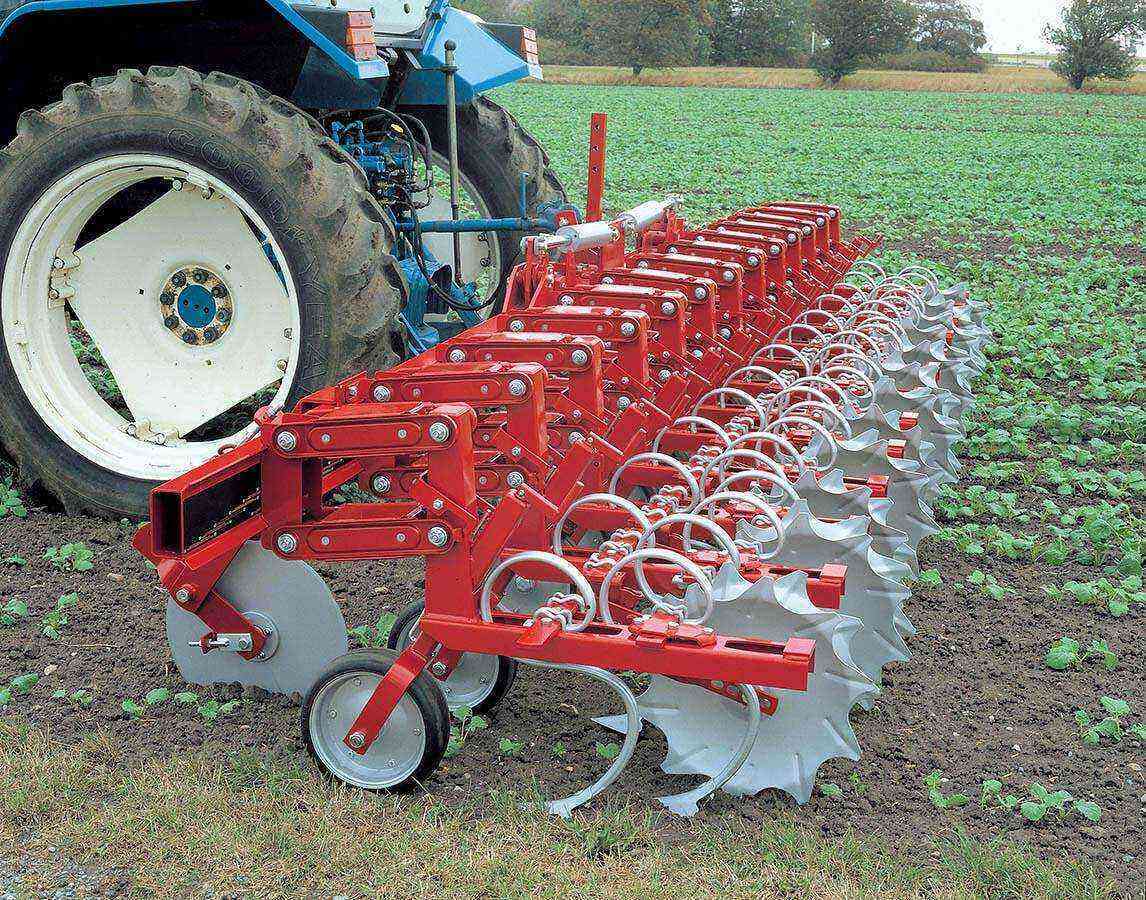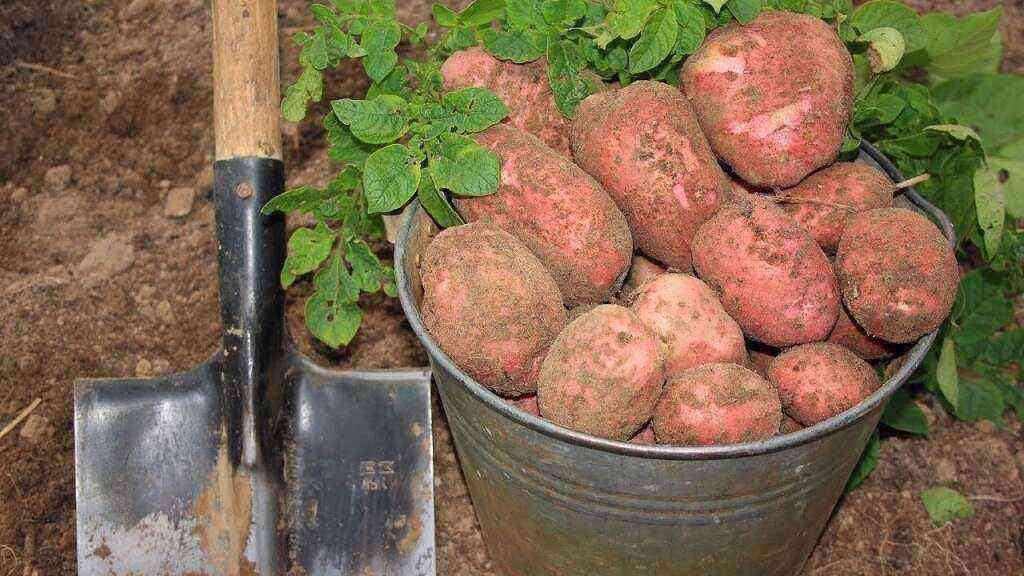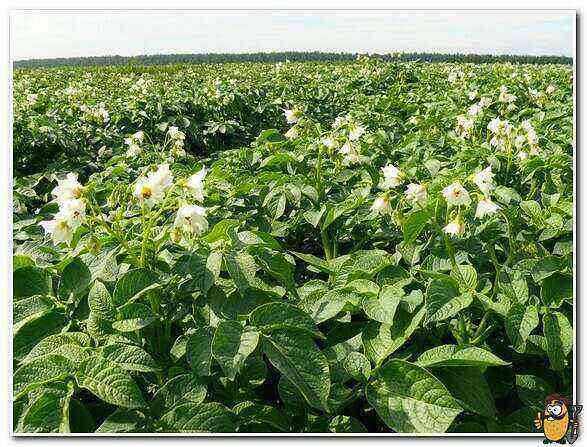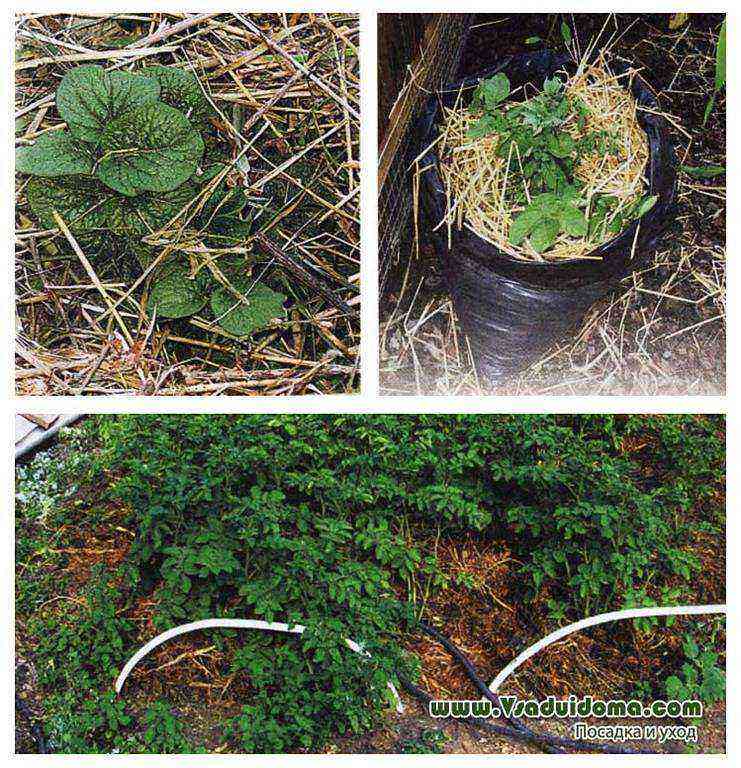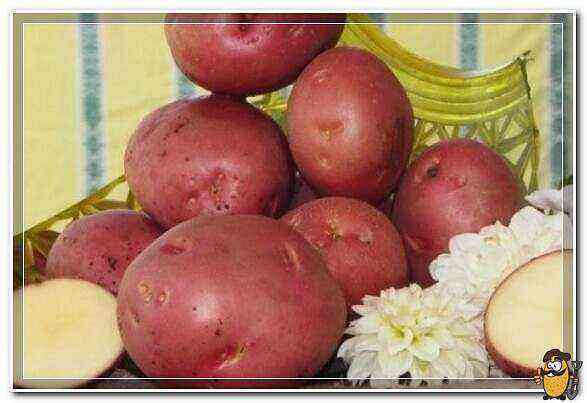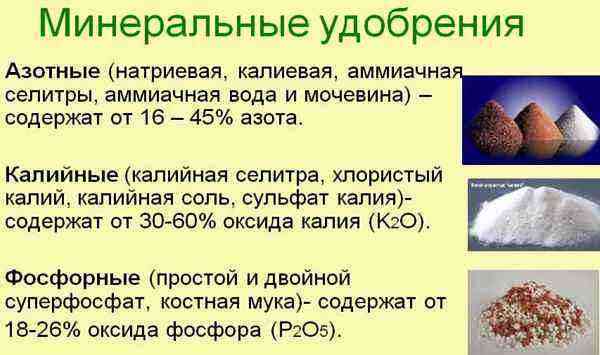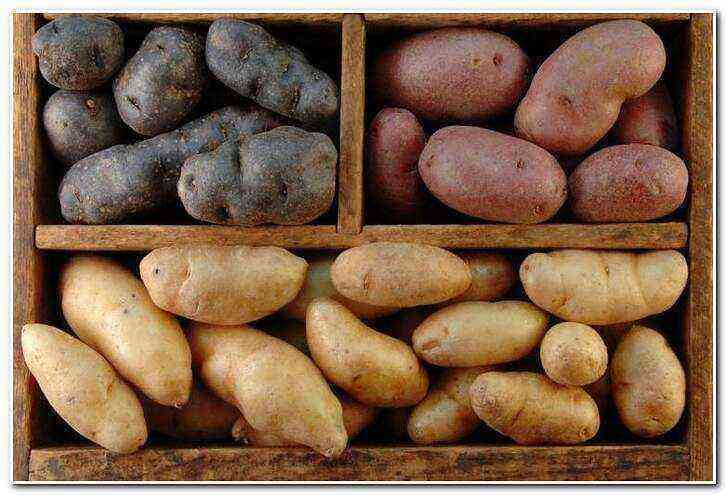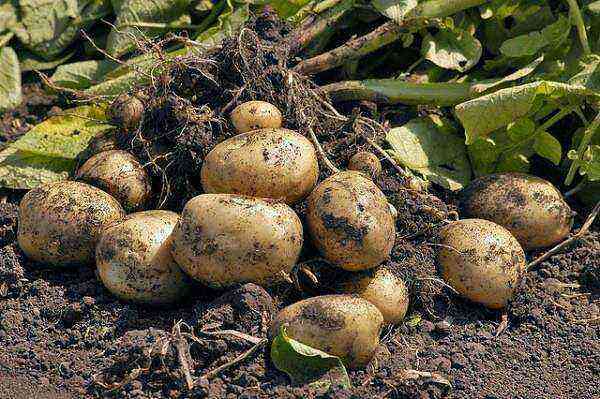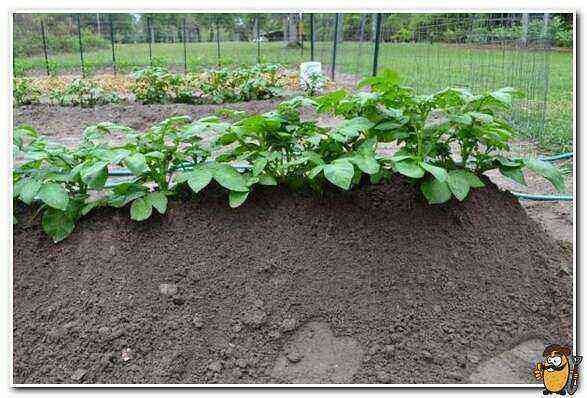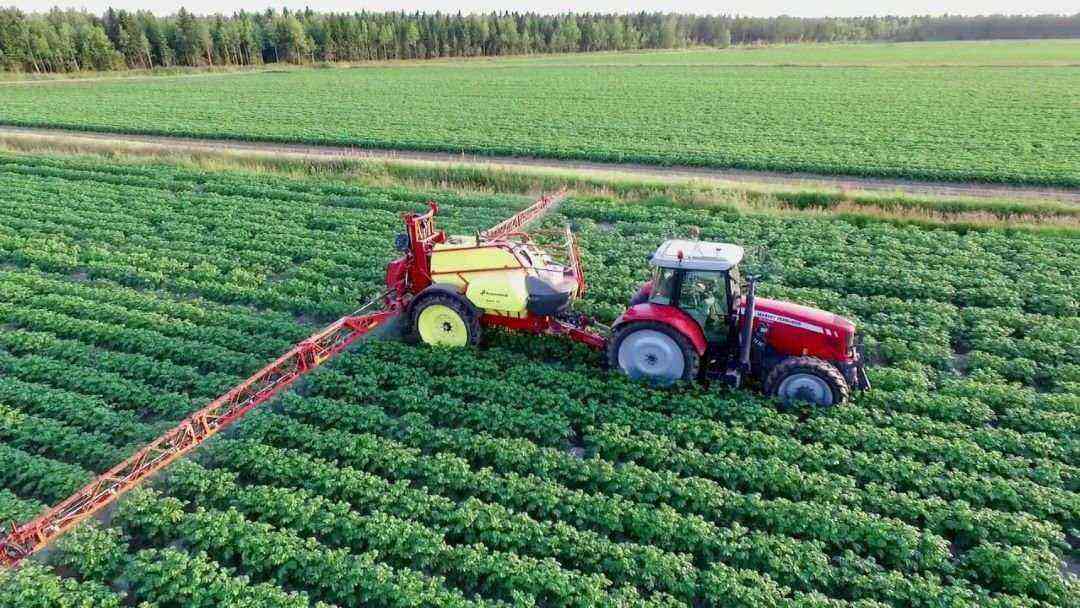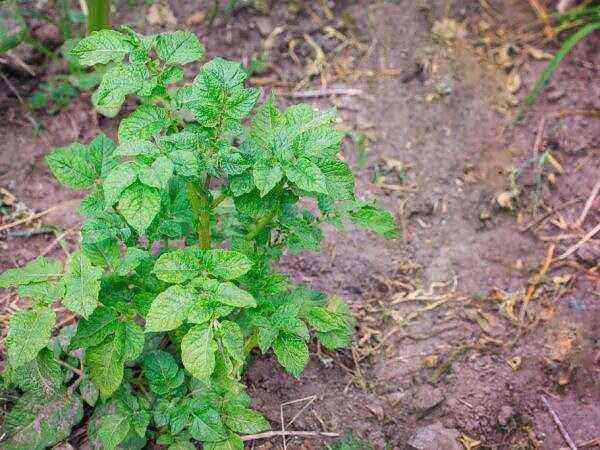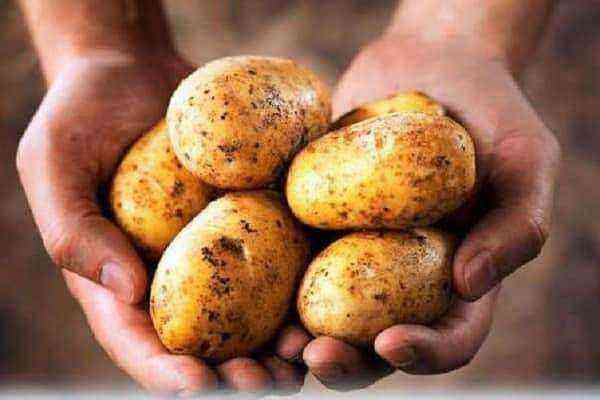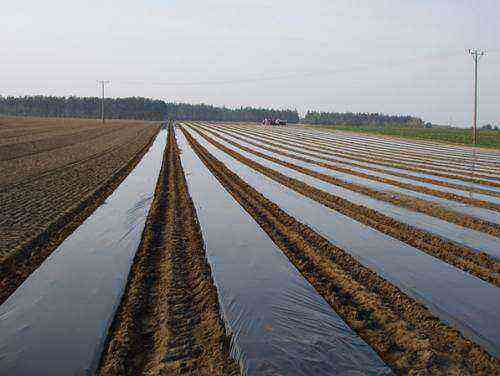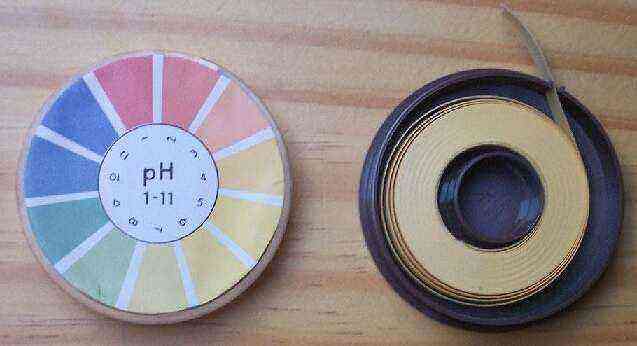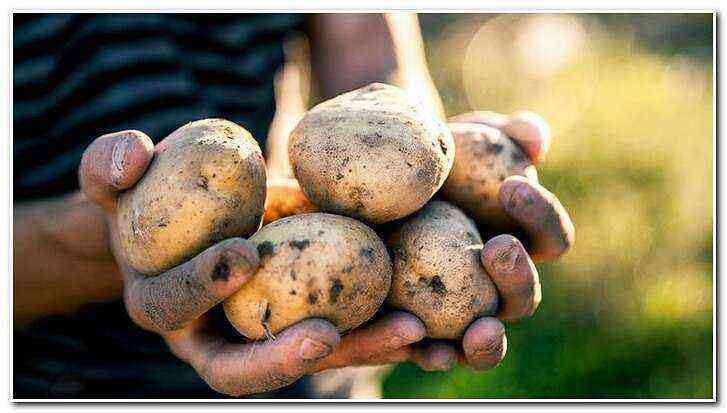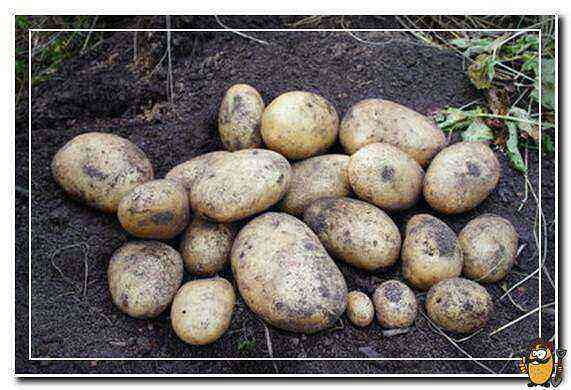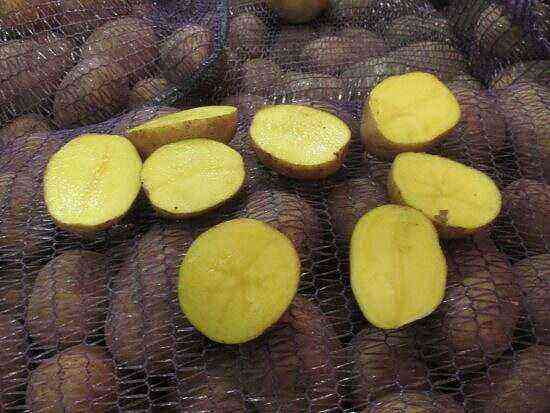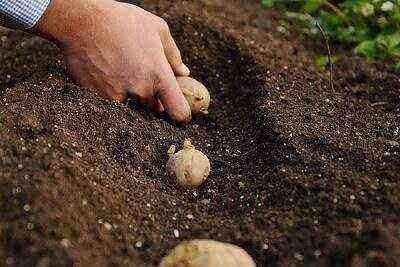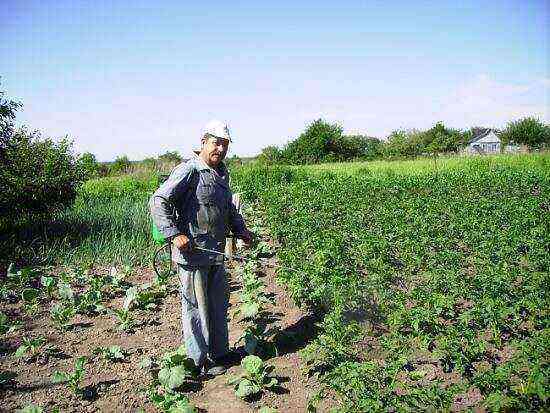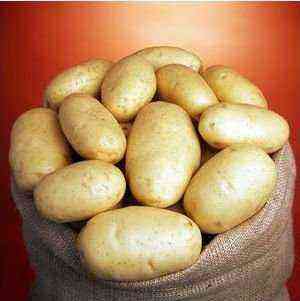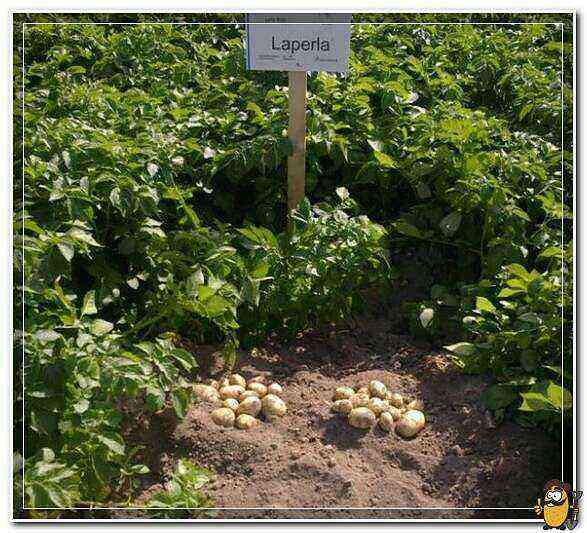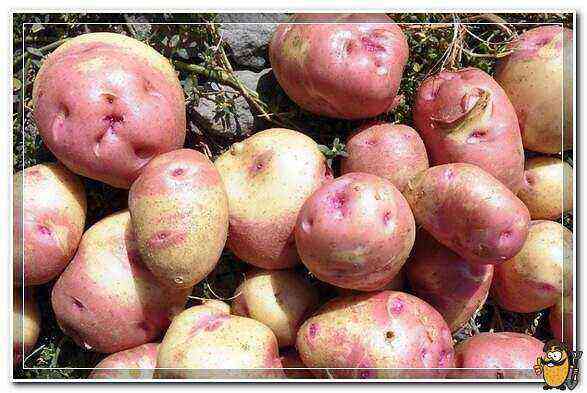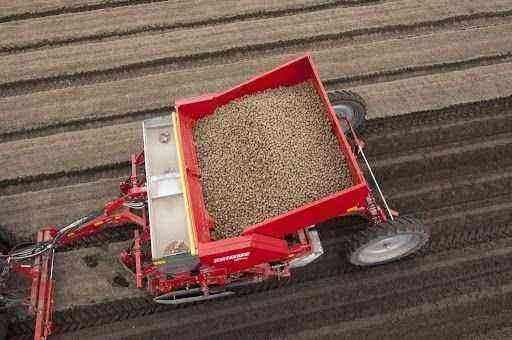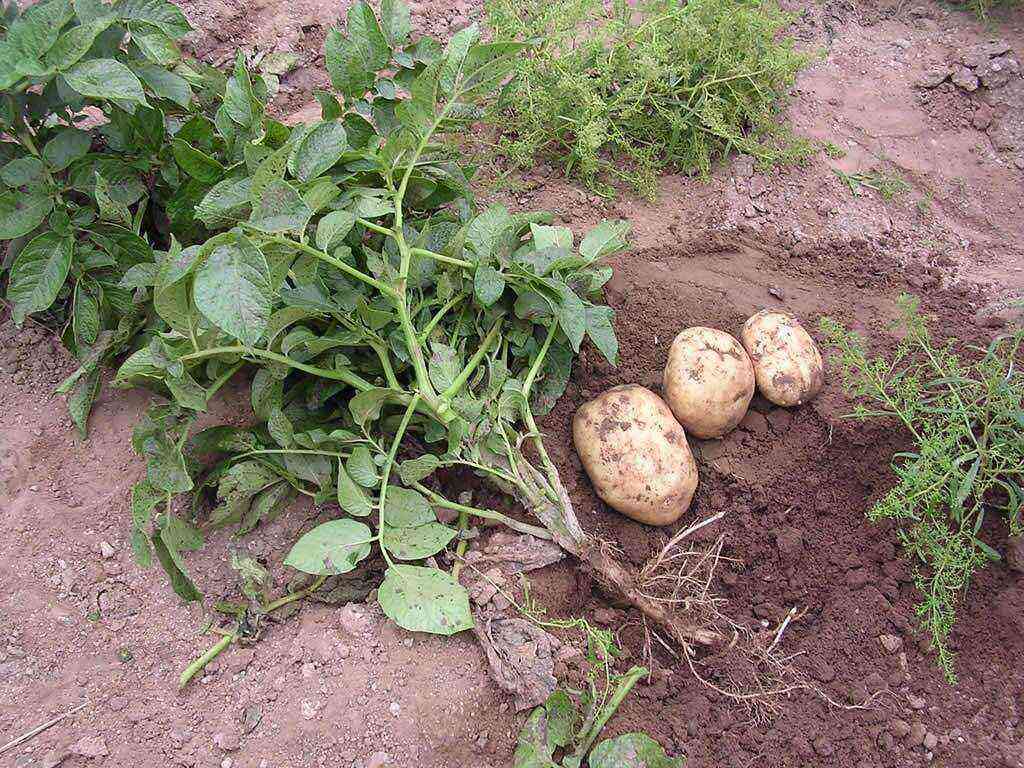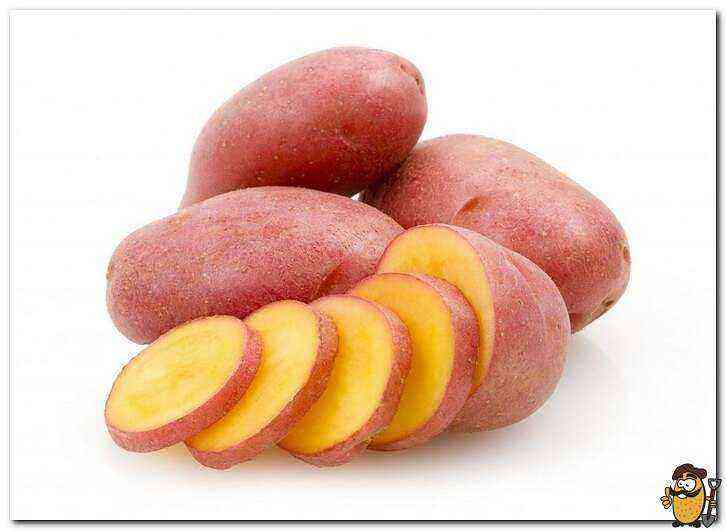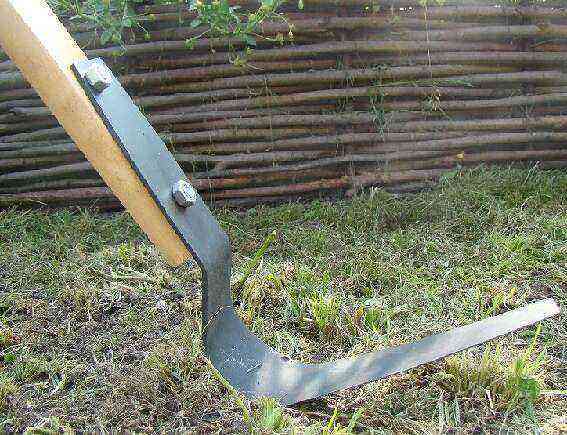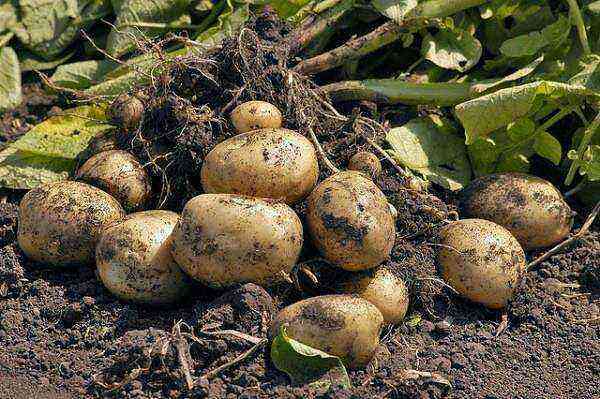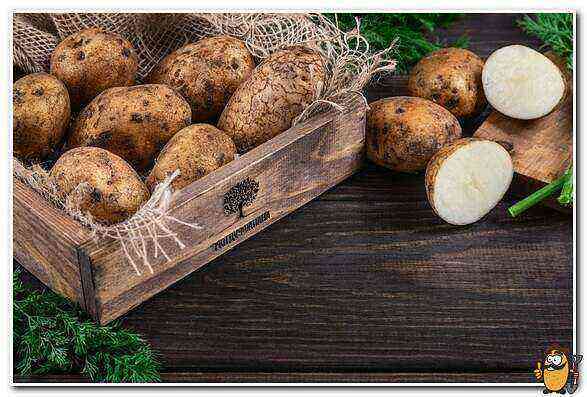When cultivating potatoes at the time of ridge formation, the Form and Content come into conflict between the outer shine and the quality indicators of the soil state throughout the growing season. Let us consider the internal component of Form and Content for making a rational decision when choosing a complete set of machines for growing potatoes.
Every potato grower knows that the formation of ridges using modern European technologies is performed as an independent operation 1-2 weeks after planting (Fig. 1) or simultaneously with planting when the corresponding ridge-forming module is installed on the potato planter (Fig. 2). In both cases, potato growers want high-volume ridges with a cross-sectional perimeter greater than 90 cm (Fig. 3). Such ridges have a height of 27 … 30 cm from the bottom of the furrow to their top, regardless of the row spacing.
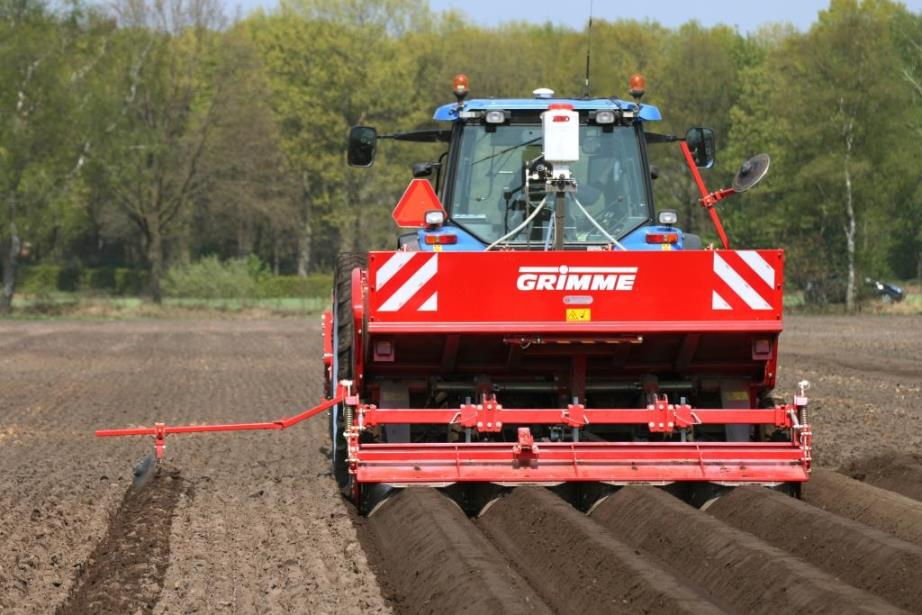
This correct shape of the ridges is obtained through the use of bed-forming plates installed on row-crop cultivators of the GF milling type or with passive GH implements, as well as on trailed / mounted potato planters. Compacted ridges with a smooth surface, according to plant protection specialists, provide a reliable screen of soil herbicides for reliable protection of potato plantings from weeds. There is no doubt that such smooth and even ridges, compressed by a plate from all sides, are pleasing to the eye and give hope for a high yield.
The formation of ridges can be performed by other working bodies, also installed on row-crop cultivators or potato planters, but so far little known and little-demanded Russian potato growers. This is a combination of hilling bodies and a profile bar roller, installed instead of the bed plate on the passive GH cultivator (Fig. 4), as well as on mounted or trailed potato planters.
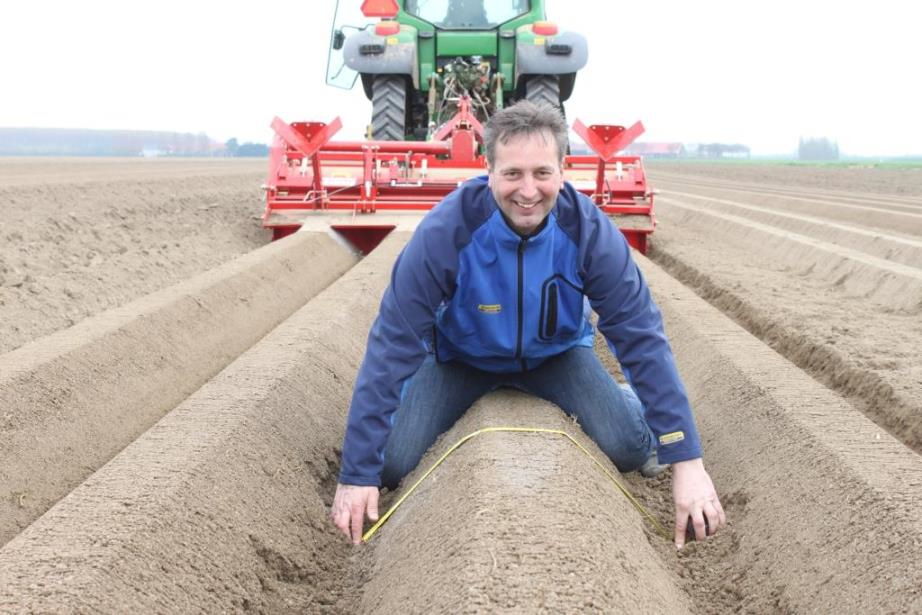
The ridges formed in this way do not look as impressive as after the passage of the ridge-forming plate, they have a relief surface along the entire perimeter, their height does not exceed 23 cm, there is no need to talk about the perimeter of the cross-section, and the ridge itself looks loose and not so strong. like its ironed brother. In short, the result of such ridge formation is not pleasing to the eyes and there is a desire to perform a second operation in order to correct the improper appearance. In addition, plant protection specialists will express their doubts about the reliable action of soil herbicides due to the difficulty of forming a film screen on an uneven surface.
When comparing the various methods of ridge formation, the conclusion suggests itself in favor of the use of bed-forming plates in the composition of row cultivators or potato planters. However, it is not for nothing that they say that not all that glitters is gold, and to make informed decisions when choosing a method for forming ridges, it will be wrong to rely only on their appearance.
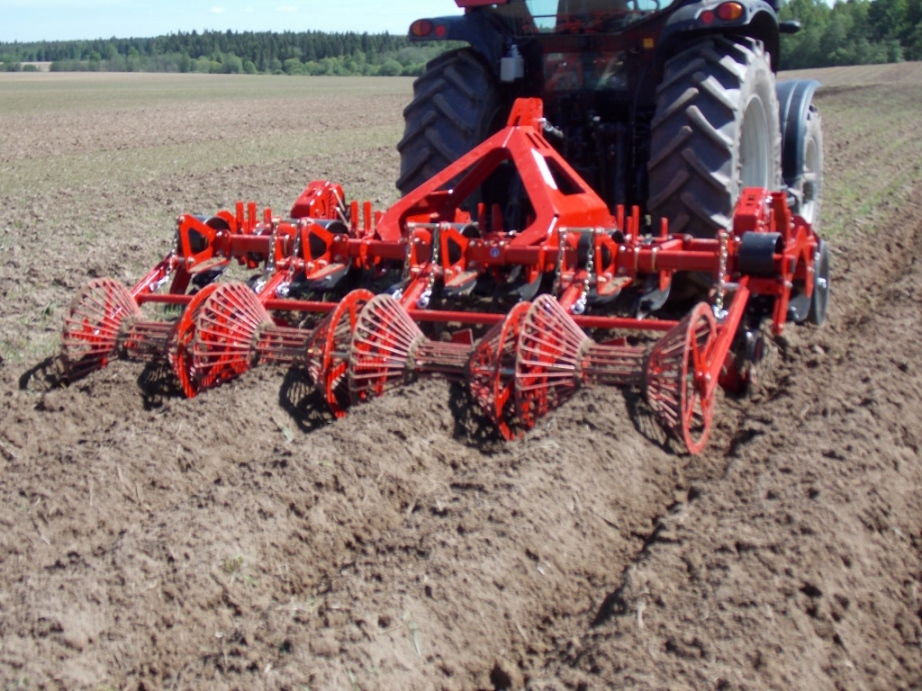
To obtain a stable ridge, the soil is subjected to three-sided compression from the side of the ridge-forming plate. This effect leads to some compaction of the soil inside the ridge, which, over time, as it shrinks, only increases. However, the result of the aftereffect of the use of ridge-forming plates is the covering of the surface of the ridges (especially in their lower part) and the compaction of the bottom of the furrow with the divider plowshares. It is this effect that leads to the destruction of pores inside the soil and water-conducting capillaries on the surface of the ridges, which contribute to the absorption of water that has fallen in the form of precipitation and the penetration of air into the ridges.
The result of the application of the generally accepted scheme for the formation of ridges is the colossal loss of the fertile layer, which occurs when heavy precipitation falls or during artificial irrigation. This is due to the fact that water, falling on ridges with a surface crust, flows from them to the bottom of the furrow (Fig. 5). Since the compacted furrow bottom also has poor absorbency, water begins to drain to lower locations along the ridges. If a hollow is present inside the field, then a soak is formed in this place, which leads not only to the death of potatoes, but also to a decrease in permeability in the fields and difficulty in harvesting in the autumn period. If the field is located on slopes, then the water flow, flowing down along the ridges, carries with it the most valuable soil particles into ditches / ravines or forest belts.
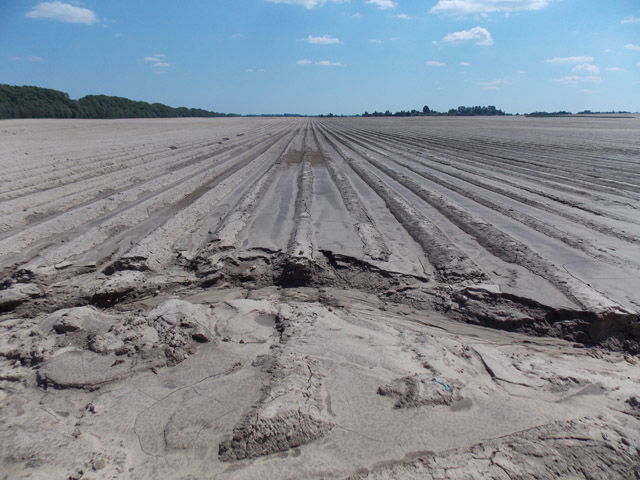
In the summer, when heavy precipitation falls until the tops close, as a result of the use of ridge-forming slabs, deep gullies are formed on the field with slopes, and tens of thousands of tons of fertile soil are irretrievably lost annually. Approximately the same picture is observed on irrigated lands under potatoes, located on the slopes. In this case, with a sufficient level of seasonal precipitation in the upper part of the field, the plants may experience a lack of moisture, and in the lowlands, where the water flows out, there is an excess of it. All these examples indicate that the formation of smooth and compacted ridges does not allow evenly distributing the deposited moisture over the area of the field and fully using the potential of natural or artificial sprinkling by plants, and also reduces the level of soil fertility due to the removal of the most valuable soil by water flows along the bottom of the furrows. particles with a size of 1 … 3 mm.
A somewhat different picture of the moisture supply regime is observed when forming ridges using a combination of loosening tines, hilling bodies and profile bar rollers, which can be installed on passive row-crop cultivators or on potato planting machines. The bottom of the furrow after passing such a combination remains loose to a depth of 15 … 18 cm due to the passage of the central loosening share and partial shedding of the ridge after it has been rolled by the roller. The surface of the ridges also remains loose, and the ridges themselves do not disintegrate under the influence of wind and precipitation, because are subjected to some volumetric compression by a profile roller, which contributes to their hardening. Water that has fallen out in the form of precipitation or during irrigation does not flow down so intensively from the ridges, being evenly absorbed along their entire outer perimeter. The same water that falls on the bottom of the furrow is immediately absorbed into the loose soil, thereby excluding the drift of soil elements into the lowlands. Measurements of soil moisture in the fields after the use of bar rollers showed that its values in the upper part of the field and at the bottom of the slope are small from each other. This indicates the uniformity of precipitation distribution over the entire area of the field, regardless of the height difference. The soil at the bottom of the furrow remains loose and permeable until the very moment of harvesting (Fig. 6), and the harvesting itself can be performed already 1,5 … 2 hours after the end of the rain of sufficiently high intensity (on plantings using ridge-forming plates in the same weather conditions from – due to waterlogging of the bottom of the furrow, the resumption of harvesting had to be postponed for 1..2 days). When using artificial irrigation, up to 30% less water is required to achieve the required soil moisture inside the ridges on potato plantings using a combination of a loosening share, a hilling body and a profile bar roller.
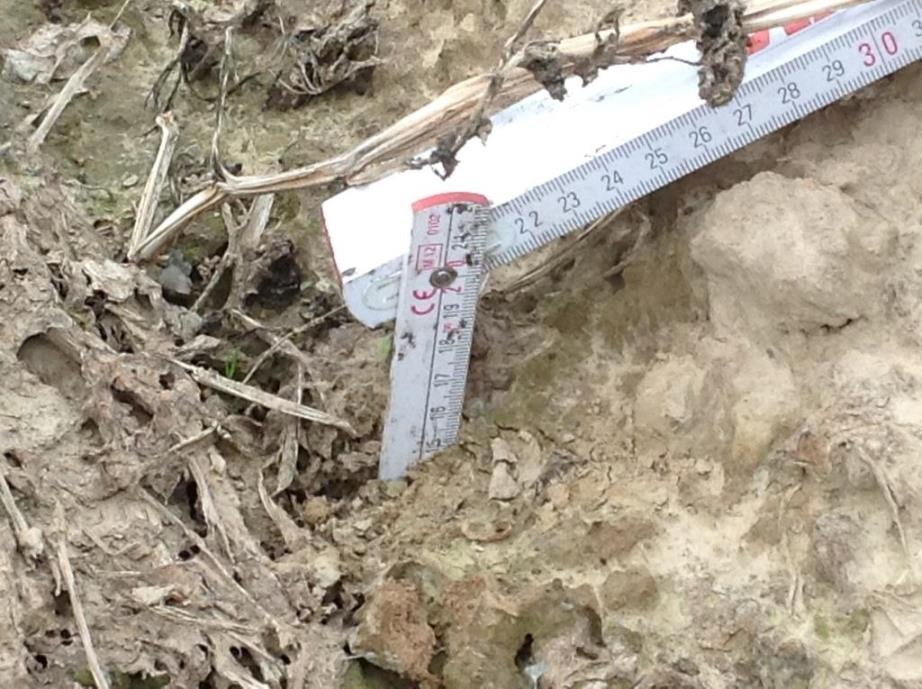
However, the use of the combination described above to form the ridges requires correction of the planting depth. In view of the fact that the height of the ridge after passing such a combination is 5..7 cm less than after using the ridge-forming plate, it is necessary to increase the planting depth by the same amount. Ignoring this rule leads to the appearance of green tubers on the soil surface, which significantly reduces the commercial properties of the products obtained.
At the end of this review, it should be noted that Grimme machines for planting potatoes and for inter-row soil cultivation can be equipped with various ridge forming systems at the customer’s request. Therefore, before making a choice of this or that method of forming ridges, it is necessary to find out for yourself whether their correct shape will always correspond to the required content in terms of moisture supply and help protect fields from water erosion. This is especially true for those farms that irrigate potatoes or their fields have slopes in accordance with the relief of the earth’s surface.
